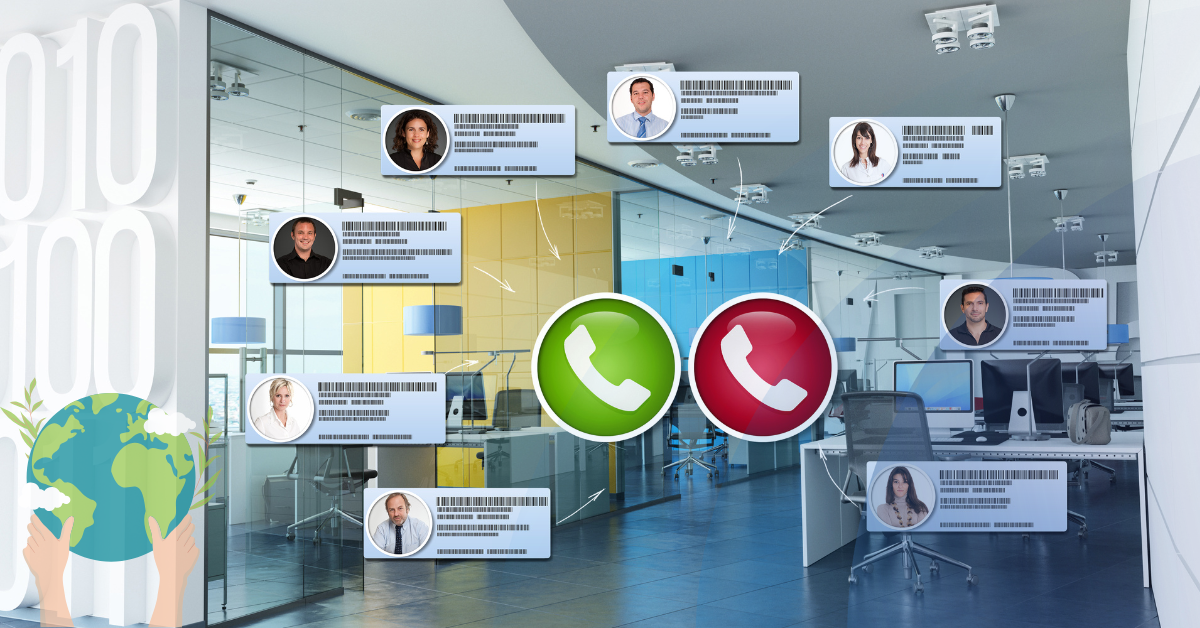This month, we’re focusing on the employee lifecycle. Many articles have been written about it: what are the stages, why is it important, who’s responsible for it? Less emphasis is spent understanding the stages and importance from the employee’s perspective. So today, I have the pleasure of using some great research (Gallup, SHRM (Society for Human Resource Management)) and some less than stellar anecdotes to cover the topic.
With the right employee experience strategy, you can boost your ability to attract, engage and develop high-performing employees. This concept isn’t the latest buzzword or hashtag trending on LinkedIn. It’s a growing movement in HR, the employee experience.
“Employee experience has come into vogue because it’s such a practical concept. It’s the day-to-day moments that matter to employees,” says Burt Rea, director of human capital consulting at Deloitte.
This goes far beyond the cookie-cutter solutions of team building and worker appreciation. It’s about studying the interactions employees have with the company with a focus on building a better workplace. (SHRM)
“For most companies, engagement has become the idea of investing in perks like free food and new programs and initiatives. But that doesn’t change what it’s like to work there. It’s the same culture, the same leadership style; you just put some bells and whistles on it. That wasn’t the intention, but that’s what it’s become, unfortunately,” says futurist and author Jacob Morgan, who wrote The Employee Experience Advantage: How to Win the War for Talent by Giving Employees the Workspaces They Want, the Tools They Need, and a Culture They Can Celebrate (Wiley, 2017).
The remarkable thing about aligning your employees’ experiences with your company’s purpose, brand, and culture, rather than stopping at providing snack foods we don’t even buy our kids, is that every interaction employees have with you (the company) is authentic and sustainable. It inspires employee commitment and improves everyone’s performance.
Confession time. I’m a dreaded Millennial. I mention it because I’m bored of all the articles complaining about how my generation doesn’t work hard enough. It’s relevant because, not only have Millennials become the largest group of adults in the workplace, but many companies have tried these “free food” and “beer keg in the kitchen” tactics in place of professional development and living wages. In my experience, those companies often do not do the real work on company culture. I’d choose a well-functioning team, the tools I need to get my job done, and the support of my boss over a glorified snack time. So do my peers and the influx of Gen Zer’s settling into their careers.
What is the Employee Experience?

It’s pretty simple to define and graph, much more difficult to do right. The employee experience is the journey an employee takes with your organization. It includes every interaction that happens along the employee lifecycle, plus the experiences that involve an employee’s role, workspace, manager, and wellbeing. Look at the seven (7) steps in the graph above, there’s probably room for improvement. That’s ok, it’s part of the process. But understanding what’s important when making adjustments and changing tactics gets you closer to success.
Focus on Human Experiences over Processes
Most talent management strategies default to process improvement and transactional care of people. In all honesty, it’s simpler that way. Data and statistics don’t have personal needs, motivators, or challenges communicating. However, when you emphasize the use of human behavior insights to bring out the best in people and truly optimize your business performance through talent, you undoubtably get better results.
To show the difference, here are three employee experience examples (Gallup):
Easy Hiring Process vs. True Job Fit
A new employee might be happy about a quick and smooth hiring process. But getting hired by a company that understands what you do best and then selects you for a role where you have the natural talent — it’s an experience that boosts confidence and success.
Knowing the Mission vs. Connecting with the Mission
An employee might be able to recite your company’s mission. But when they understand their contribution to your mission, they work with a purpose, and it becomes an experience that supports their engagement over time.
Nice Manager vs. Great Coach
When an employee has a nice manager, it’s a bonus. But when they have a great manager — one who cares for them and knows how to coach them — it’s an experience that enhances productivity and passion.
By focusing on experiences over processes, you create moments that are intuitive and adaptable around what matters most to people and your business goals. Then, you can develop processes and structures that lead to talent optimization.
These are fitting examples from Gallup, and I like them precisely because it aligns with The Omnia Group’s focus. When I interviewed for Omnia, it was not a quick process. There were multiple interviews, behavioral and cognitive assessments, and several discussions about what the company was seeking and how it aligned with what I was looking for in my next position. It was a wonderful change from my previous position which consisted of one (1) interview with two people who weren’t certain what they needed, preferred to hire a man (they told me) but I was qualified and lived closer. It didn’t take long to understand why they preferred male company, especially after countless times telling me they felt the need to “behave” when I was around. I much preferred the extensive discussions, interviews, and assessments to see if my characteristics aligned with the company. Needless to say, it’s a much better fit.
Employees are consumers of the workplace:
No. 1
The No. 1 reason people change jobs today is “career growth opportunities.”
I loved this stat because it reminded me of another position I had at a company I thought I would work for years. One day I received a call from another company’s president. He’d been looking for someone with my skillset and came across a blog I wrote in my spare time. I hadn’t even been looking for a different job. He offered me a better opportunity, leading a new department with the intent to grow, and a significant pay increase. Bonus, half day Fridays. It sounded great, but I didn’t want to just bail, so I went to my boss with the offer to see what opportunities I might have there and if it was worth the move. He said, “there are no positions to move into, there are no plans for pay increases, bonuses, or promotions in this department for the foreseeable future.” I gave my notice and took the other job.
Now, the company I left was financially stable and well established. Many people had been there for years, decades even. It was a fine enough job if you didn’t have ambition. I was not a fit for that environment. I need to learn and grow and challenge myself. The salary increase was helpful, of course, but it wasn’t the number 1 reason I left. Career growth opportunities was. That was a decade ago.
Two other interesting stats from the Gallup report:
- Only 12% of employees strongly agree that their organization does an excellent job of onboarding.
- Only 2 in 10 employees strongly agree that their performance is managed in a way that motivates them to do outstanding work.
I don’t know if it’s because my career has focused on digital marketing where many companies were just developing these departments as I was coming up or what, but the only place I had incredibly thorough “onboarding” that included training was a call center job. That was intense. I’m curious how onboarding works in other fields.
Optimize each stage of your employee lifecycle.
So, employee experience is important. What can we do to find the right people, get them established, and keep them engaged? A great goal is to optimize each stage of your employee lifecycle. It can be intensive, but this is where Omnia can help. The Omnia assessment and its various reports offer insight into your employees at every level. The reports show motivators, challenge areas, communication styles, and more so you can create and lead your team through every stage.
If you’re still on the fence, think about the implications to the bottom line. I’ll leave you with this quote from Rachel Barker, product marketing manager for employee experience at Qualtrics, which has 1,700 employees, “we hear stats all the time – like $11 billion in annual losses due to employee turnover and one-third of workers are slated to switch jobs in the next six months. That tells us…we need a new approach.”























